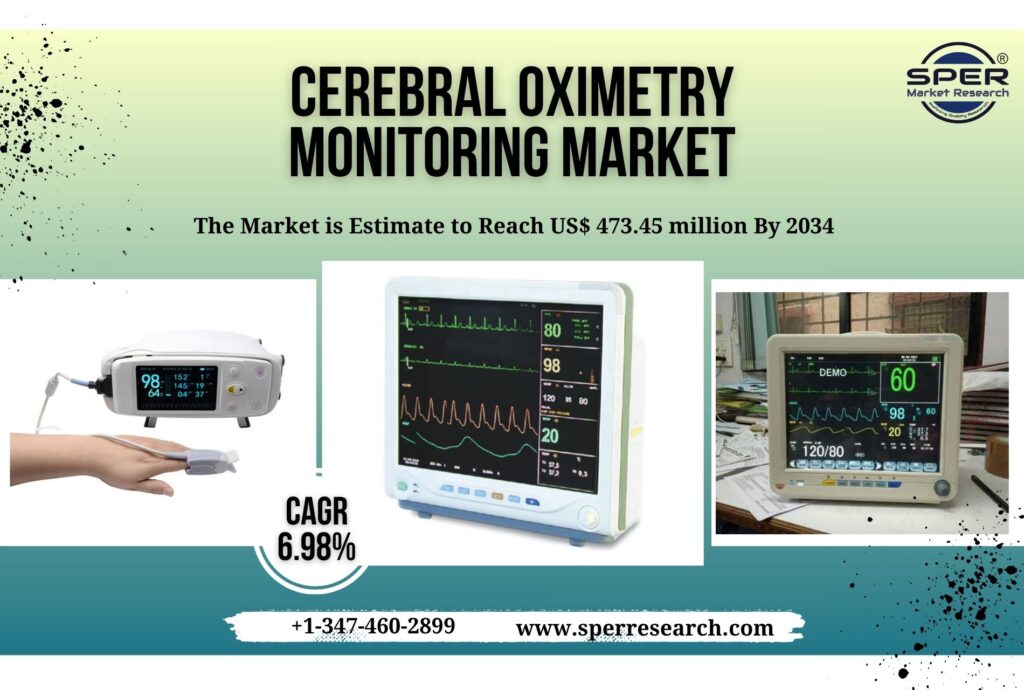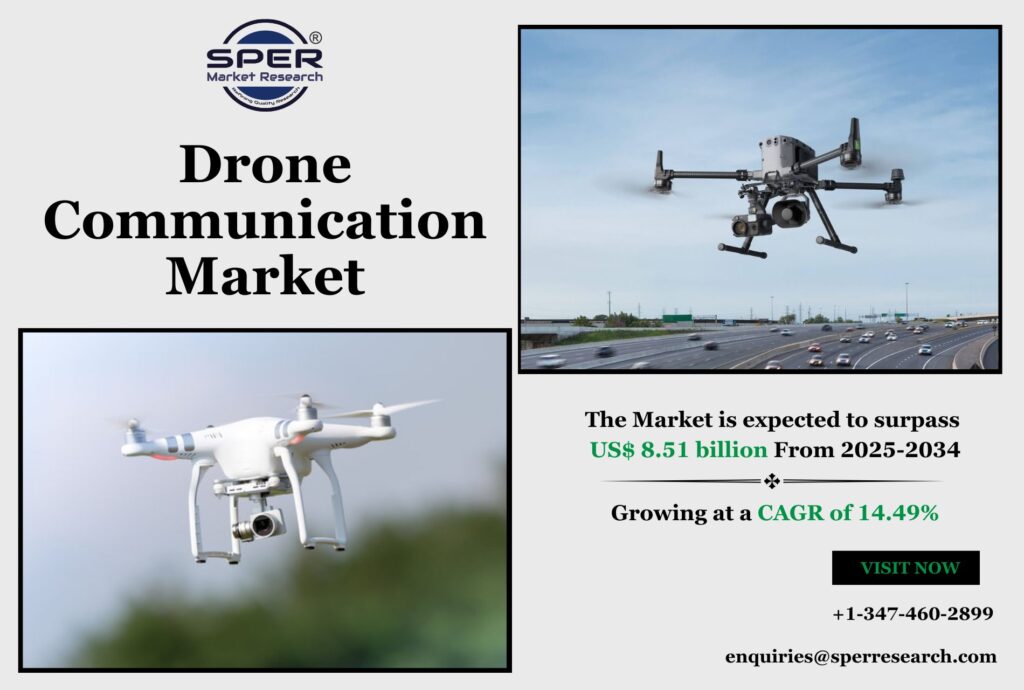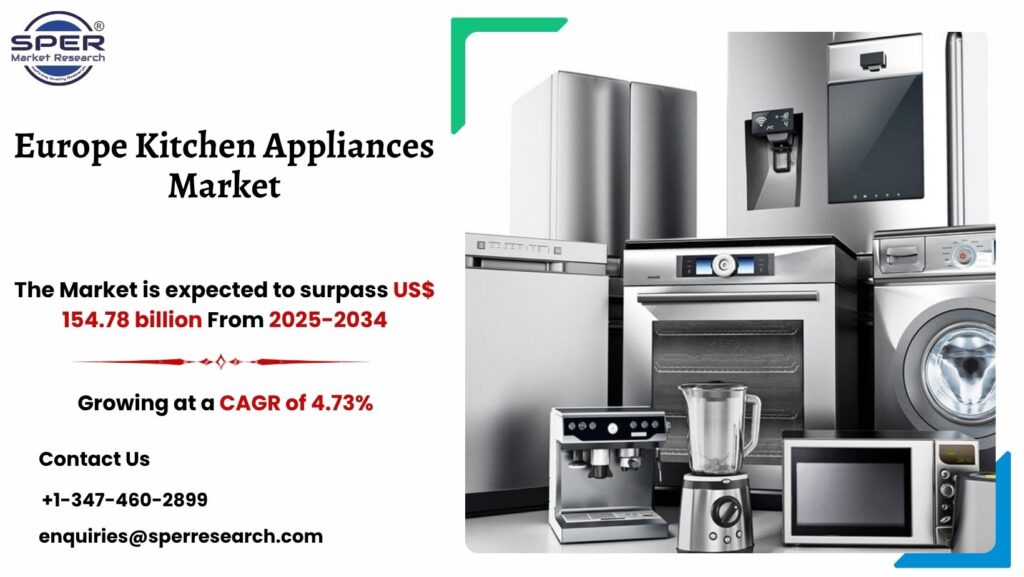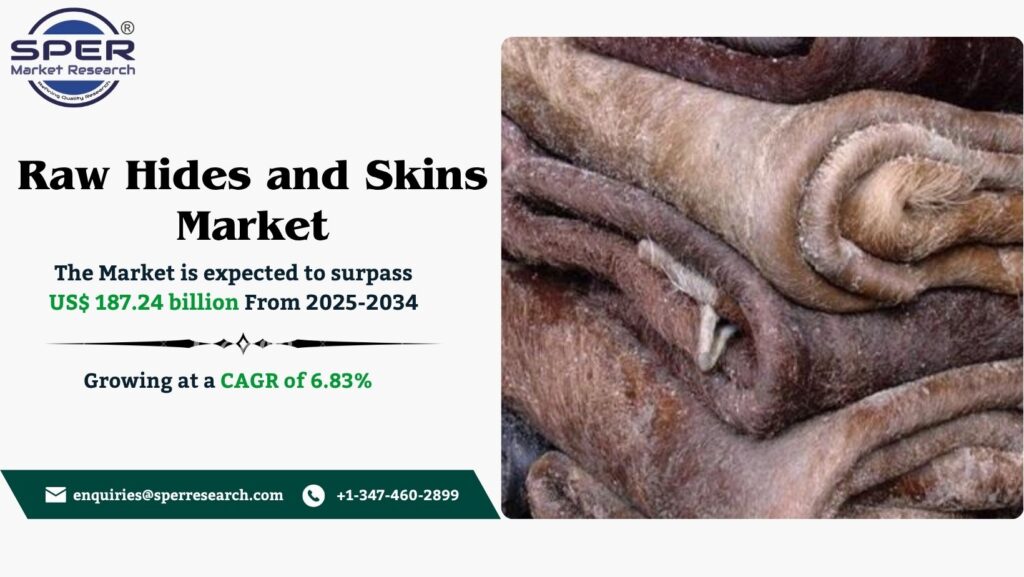Cerebral oximetry monitoring is a non-invasive approach for measuring regional oxygen saturation in the brain using near-infrared spectroscopy, allowing doctors to analyze cerebral oxygen supply and demand in real time. This device is vital in critical care, surgery, and anesthesia because it allows for continuous monitoring of brain oxygenation levels. It aids in the detection of imbalances that may lead to neurological disorders, as well as guiding timely therapies. With its ability to deliver real-time insights, cerebral oximetry helps to improve patient safety, clinical decision-making, and results, especially in high-risk procedures including cardiac surgery, neurosurgery, and critical care management.
According to SPER market research, ‘Global Cerebral Oximetry Monitoring Market Size- By Age Group, By Application, By End User – Regional Outlook, Competitive Strategies and Segment Forecast to 2034’ states that the Global Cerebral Oximetry Monitoring Market is predicted to reach 473.45 million by 2034 with a CAGR of 6.98%.
Drivers:
Several main variables contribute to the demand for global cerebral oximetry monitoring market. The growing prevalence of neurological illnesses has highlighted the importance of continuous brain monitoring to ensure early detection and efficient treatment. Cerebral oximeter technology has advanced in terms of precision, portability, and ease of use, making them more adaptive in surgical and critical care environments. Growing knowledge of patient safety and the dangers of cerebral desaturation is encouraging healthcare practitioners to implement new practices. Furthermore, the growing demand for non-invasive brain monitoring systems, combined with an increase in cardiovascular and neurosurgical procedures and an aging population, is driving the use of cerebral oximetry solutions.
Download the Detailed Analysis in PDF format, Here
Restraints:
Several problems impede the widespread implementation of global cerebral oximetry monitoring market. Fluctuation and measurement errors frequently generate questions about the dependability of results, limiting physician confidence in clinical decision-making. The expensive cost of gadgets further reduces accessibility, especially in smaller healthcare facilities with limited finances. The scarcity of competent people to run advanced monitoring systems also creates a hurdle. Furthermore, the complexity of incorporating cerebral oximetry into existing monitoring platforms, as well as the necessity for regular maintenance or calibration, contribute to the operational strain. Collectively, these issues impede the widespread adoption of cerebral oximetry monitoring.
The U.S. dominates the global cerebral oximetry monitoring market due to the rising prevalence of neurological and cardiac disorders, a high volume of coronary artery bypass graft surgeries, advanced healthcare facilities, an expanding elderly population, and the strong presence of leading medical device manufacturers. Some of the key market players are CASMED, Edwards, GE HealthCare, HAMAMATSU, Honeywell, Masimo, Medtronic, Mespere LIFE SCIENCES, mindray, NIHON KOHDEN.
For More Information, refer to below link: –
Cerebral Oximetry Monitoring Market Growth
Related Reports:
USA Spinal Surgery Devices Market Size
Saudi Arabia Surgical Staplers Market Size
Follow Us –
LinkedIn | Instagram | Facebook | Twitter
Contact Us:
Sara Lopes, Business Consultant — USA
SPER Market Research
enquiries@sperresearch.com
+1–347–460–2899









